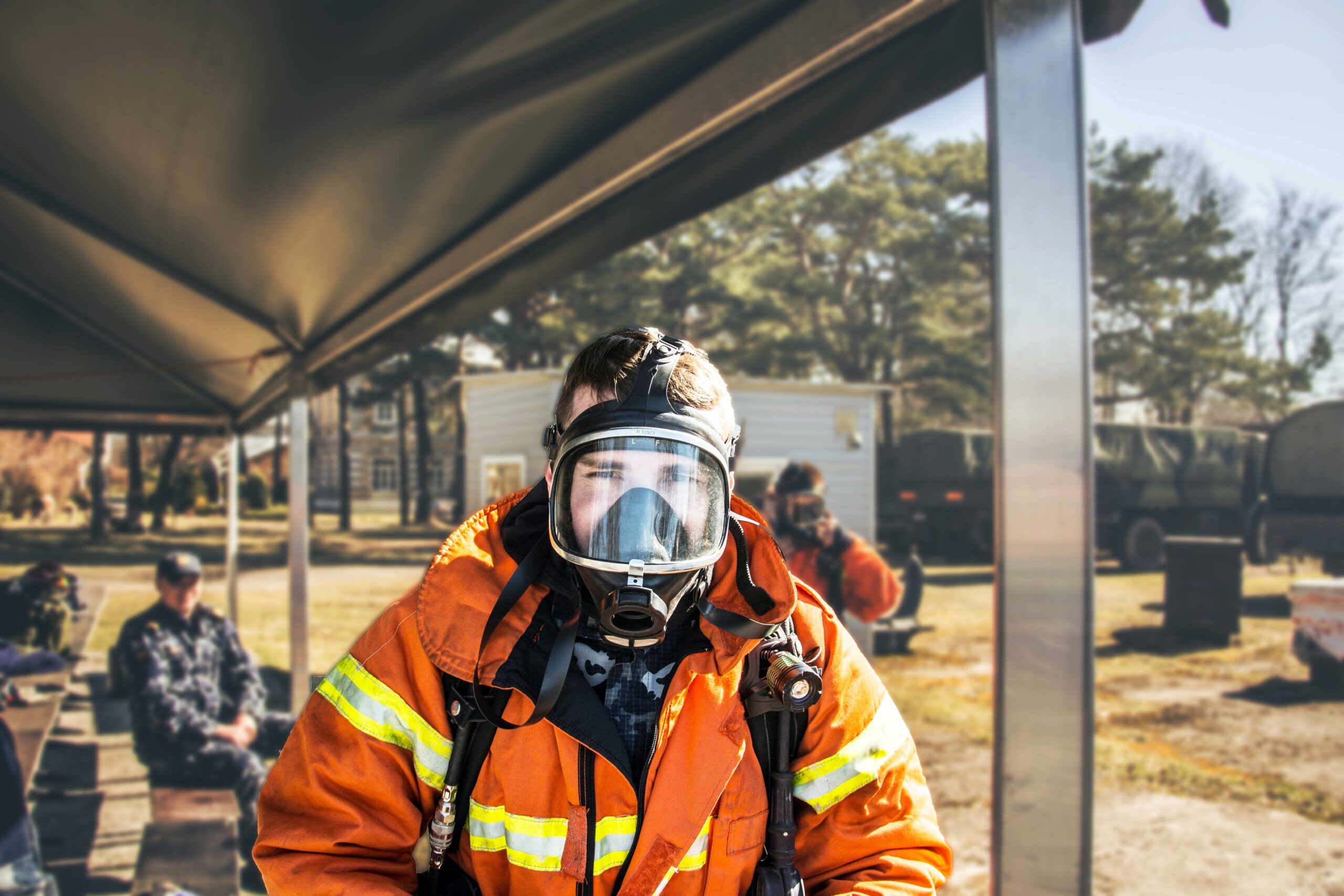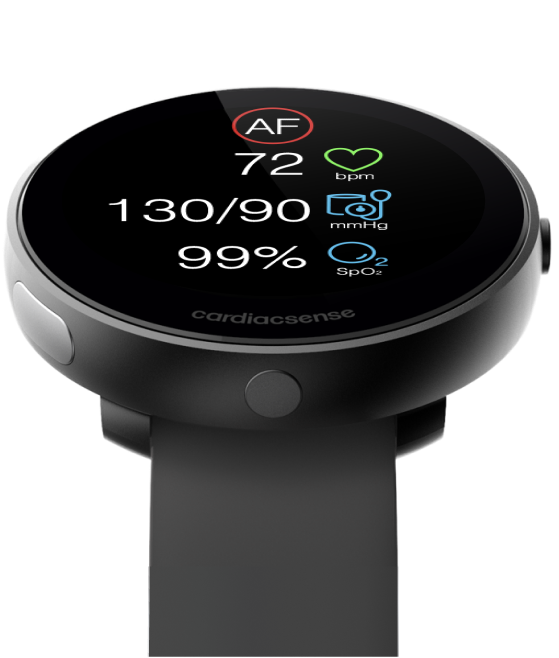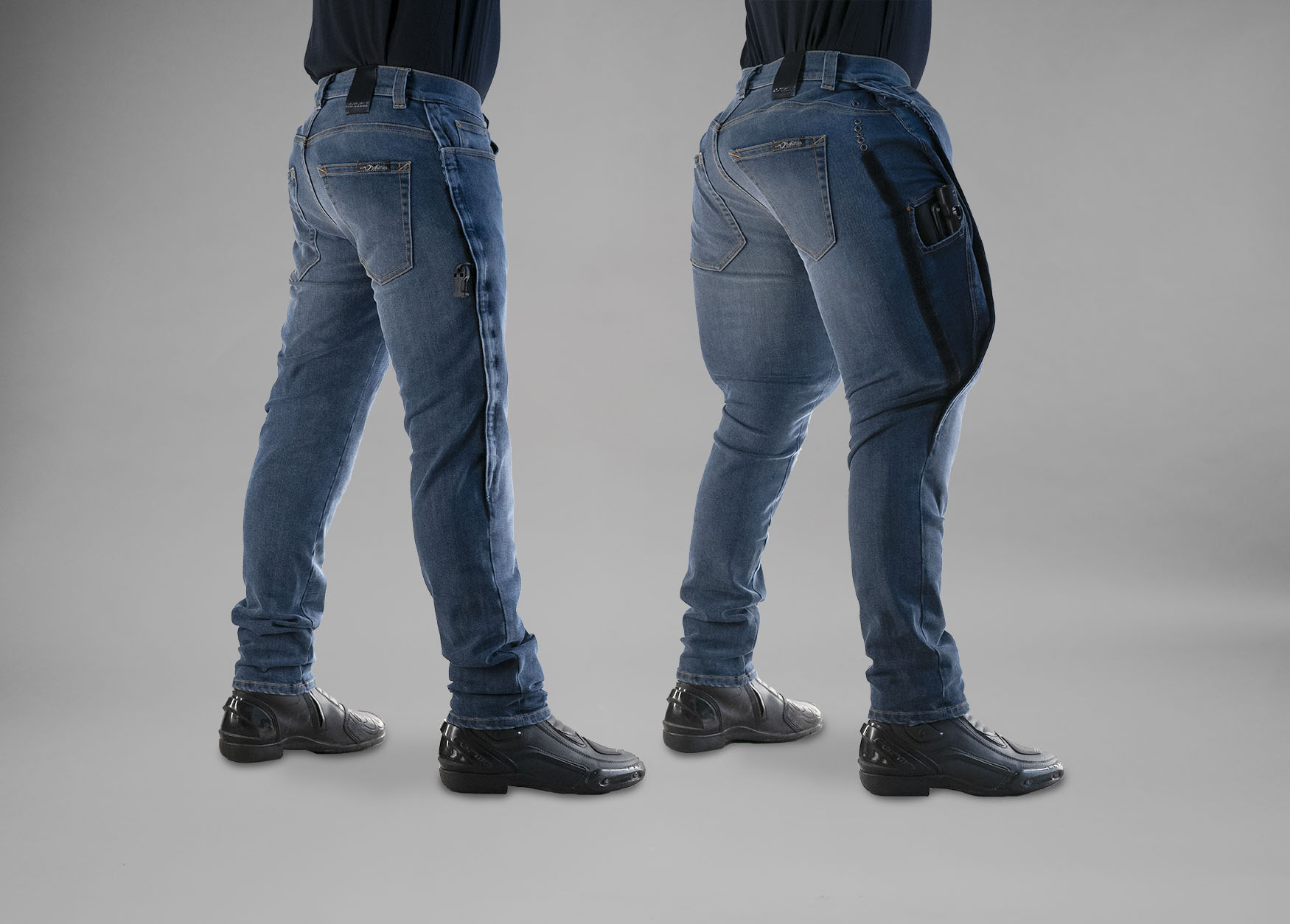Introduction to: Smart Personal Protective Equipment
Smart PPE, also known as Smart wearable systems, are Smart Personal Protective Equipments connected to your internet connection and other devices, such as tablets or software, to deliver real-time safety information. It can be considered a device that reduces exposure to hazards and collects real-time data, receives and sends notifications and automatically adjusts to internal and external conditions.
How can Smart Personal Protective Equipment help us?
Smart PPE provides you with endless possibilities. Some of the examples of potential applications of the Smart PPE would be:
Smart communication appliances like ear muffs, face masks or hard hats can support communication in lowly visible environments or loud surroundings.
Smart Heating and Cooling elements that respond to body and external temperatures to keep the user safe.
You also come across Active PPE like a smart lockout or laser-enabled emergency devices which prevent any equipment-related injuries.
Environmental sensors embedded in clothing can monitor gas, chemical, heat, sound, UV, impact, etc. and alert supervisors if workers are in trouble.
How does Smart Personal Protective Equipment work?
Most of these innovative PPE are connected to other devices via Bluetooth connection. With the help of this, the PPE can provide real-time alerts and collect data.
In several occurrences, smart PPE devices are connected to an EHS software solution, to make the data collection and analysis a lot easier.
How big is the market for Smart Personal Protective Equipment?
Fortune Business Insights conducted market research where it was found that Smart PPE had a surge in demand during COVID-19—Majorly in the healthcare and pharmaceutical industries. The innovative global PPE is projected to grow from $3.13 billion to $9.05 billion.
Who’s using Smart Personal Protective Equipment?
During the pandemic, the healthcare and pharmaceutical sectors made upto 23% of the smart PPE applications. But the industrial department contributed to the majority of the growth in the Smart PPE Market.
The applications for this type of Smart Technology are reliable. Like any other new technology, accepting the Smart PPE has been difficult and came along with challenges.
Different Types of Smart Personal Protective Equipment:
Personal Protective Equipment (PPE) is essential in any safe workplace.
You and your employees can be exposed to various safety hazards without PPE. An innovative PPE also can be something other than any equipment or protective apparatus that seems right or comes in under budget.
One needs to ensure that all employees in their respective roles use the proper PPE.
To make sure that the highest standards of safety practices are being followed at your workplace and all offsite projects, we must take a look at the different types of PPE that are available in the market and the significant reasons behind their importance and which personal protective equipment is best for specific scenarios;
There is a vast range of PPE available in the market. Depending on the nature of your workplace, you may require more equipment than others.
For example, if you are someone who is working on a construction site you are required to wear a hard helmet for your own safety. But if you are an employee in any sort of office, a hard helmet is not essential for you.
The Common types of PPE include:
Hard Helmets
Gloves
Safety glasses or eye goggles
Earmuffs or earplugs
Work boots or protective footwear
Respirators
Hazmat suits
Your requirement for different pieces of PPE over others is because of the type of risk you are exposed to at work. These risks include:
Electrical shock
Mechanical hazards
Chemical burn or poisoning
Fire
Radiation exposure
Flooding or drowning
Before you select a gear, it is imperative to know the different types and variations of PPE that were designed to protect against specific risks and hazards:
Why Is Smart Personal Protective Equipment Important For Workplace Safety?
PPE is worn to reduce and alleviate the risks and hazards associated with various working conditions.
Without the right PPE, workers are left exposed to notable risks of injury or any form of illness. These injuries or hazardous illnesses may not show up in one’s body immediately. A PPE will protect you and your employees from the long-term effects of the nature of your work.
Smart Personal Protective Equipment Protects Against 5 Basic Elements:
A PPE is designed for the protection of five essential elements:
Head and Feet (for example; hard hats are used to protect from falling items) (work boots or protective shoes are required for any ground hazards)
Eyes (Safety glasses or protective goggles are used to protect your eyes from particles, corrosive liquids, etc.)
Lungs (The workers use pieces of equipment like respirators to prevent breathing in contaminated air)
Body ( Certain clothing types of equipment are used to keep you warm in cold conditions)
Skin (PPE-like gloves are worn by workers when the risk of burns or corrosion exists)
We take some forms of PPE for granted and others that may not be required, appropriately used, or effectively under certain conditions.
Hard hats are the most used PPE for workplaces of many sizes and scopes. A welder wears safety glasses, and protective goggles are worn mainly by people in the lab. However, other risks might be less obvious.
This is why performing a Safety And PPE assessment and training in every workplace is crucial. This will help the supplier determine what kinds of PPE should be utilized in different workspaces and circumstances.
Chips in Smart Personal Protective Equipment to Protect Workers:
Chips in several pieces of protective gear can help workers communicate with each other to prevent the wearer from entering a hazardous area without prior protection. One may also insert a chip may also be inserted in the soles of the protective boots to add the capability to detect any dangerous situation like slip hazards. Some additional features could inform the workers that they haven’t tied their shoes. An intelligent work gear can also have 3-D gesture detection technology allowing you to operate messages and communication without any physical contact in dangerous environments.
Bright safety gloves or hard hats are another way that technology can boost safety for workers in their workplaces. Near-field communication (NFC) chips are built into the smart gloves allowing the wearer to connect with information on their mobile phone or tablet. The smart gloves can also be customized to communicate with machines. As the groundwork adapts over time, the data transmitted by Near-Field Communication chips can also be changed.
Smart Personal Protective Equipment: Drawbacks to consider
You get several benefits from using Smart PPE appliances in hazardous emergencies. Still, these technologies lead us closer to discordance between protecting a worker from workplace danger, using real-time data to track down an individual, or gathering any personal information about them.
What is the future of innovative Smart Personal Protective Equipment?
Development regarding innovative PPE is promising enough. Intelligent hearing protection, helmets, environmental monitoring garments, and light-emitting high visibility vests have the potential to reduce costs, improve employee productivity and prevent any injuries.
These technologies are becoming more mainstream daily, and we anticipate that many of the recent issues regarding data privacy and reliability will be solved soon. The widespread adoption of Smart PPE technology will also drive competition and bring down the price making it more affordable for companies to take complete advantage of this new technology.
Some of the numerous potential issues of Smart Personal Protective Equipment:
Smart PPE can still be capable of wearing and tearing the cautious hazard.
Smart PPE requires additional sensor technology and cloud storage capacity, which you must buy separately.
Smart PPE is more expensive to replace than non-smart PPE.
Workers may be against the use of these effective potential tracking and monitoring technologies;
Workers must be educated and assured that Smart PPE is appropriate for operational environmental risk. They need to be clear on the information, use and storage of personal data collected by these intelligent technological devices, especially those using third-party providers.
Smart Personal Protective Equipment: Market Regional Insights
The North American Smart PPE market is expected to dominate worldwide due to the increasing industrial activities and high demand from end-use sectors. The North American sector is expected to create considerable growth for market competitors over the due period.
However, comparing the demand to other areas and the world average, East Asia is expected to grow the fastest. There are continuous developments in the semiconductor sector, like the telecommunications business. With better and more accordant services, it is expected to open up significant potential prospects for the market in developing nations like India and China.
Conclusion:
Smart PPE is a natural, technological development. It is the interface between PPE and improving environmental danger monitoring technologies. The benefits of these technologies are clear, but these also come along with issues like data privacy and investment needed to purchase and maintain these innovative technology systems and equipment.
Now, smart technology is being amalgamated into personal protective equipment (PPE) to reduce costs, prevent injuries, and improve employee productivity. There is no doubt that more Smart PPE and wearable devices will be coming out in the market in the upcoming months this year.


